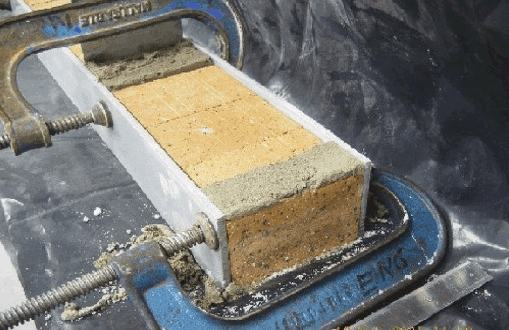Yuri Z. Totoev1, Adrian W. Page2, Heber O. Sugo3
ABSTRACT
Moisture transport between bricks and mortar during construction and curing plays a key role in establishing bond between mortar and brick. Current empirical masonry construction practices are based on a superficial understanding of this phenomenon. A research project at the University of Newcastle is aimed at developing a fundamental understanding of the moisture transport process enabling hydraulic compatibility to be obtained between bricks and mortar, thus maximising the bond strength. The hydraulic properties of typical Australian bricks and mortar have been studied experimentally using a WP4 Dewpoint Potentiometer. This paper describes the experimental techniques used and discusses the major hypotheses tested. One of these hypotheses is that the moisture absorption characteristics of bricks during the wetting and drying process are different. Another hypothesis is that the moisture hysteresis effect exhibited during wetting and drying is insignificant in masonry. A water absorption suction curve for brick and drying suction curves for brick and fresh mortar are presented.
Key words: brick, mortar, masonry, bond, moisture transport, suction, potentiometer
BMOIST03



